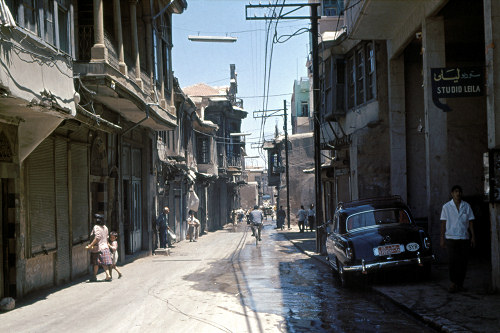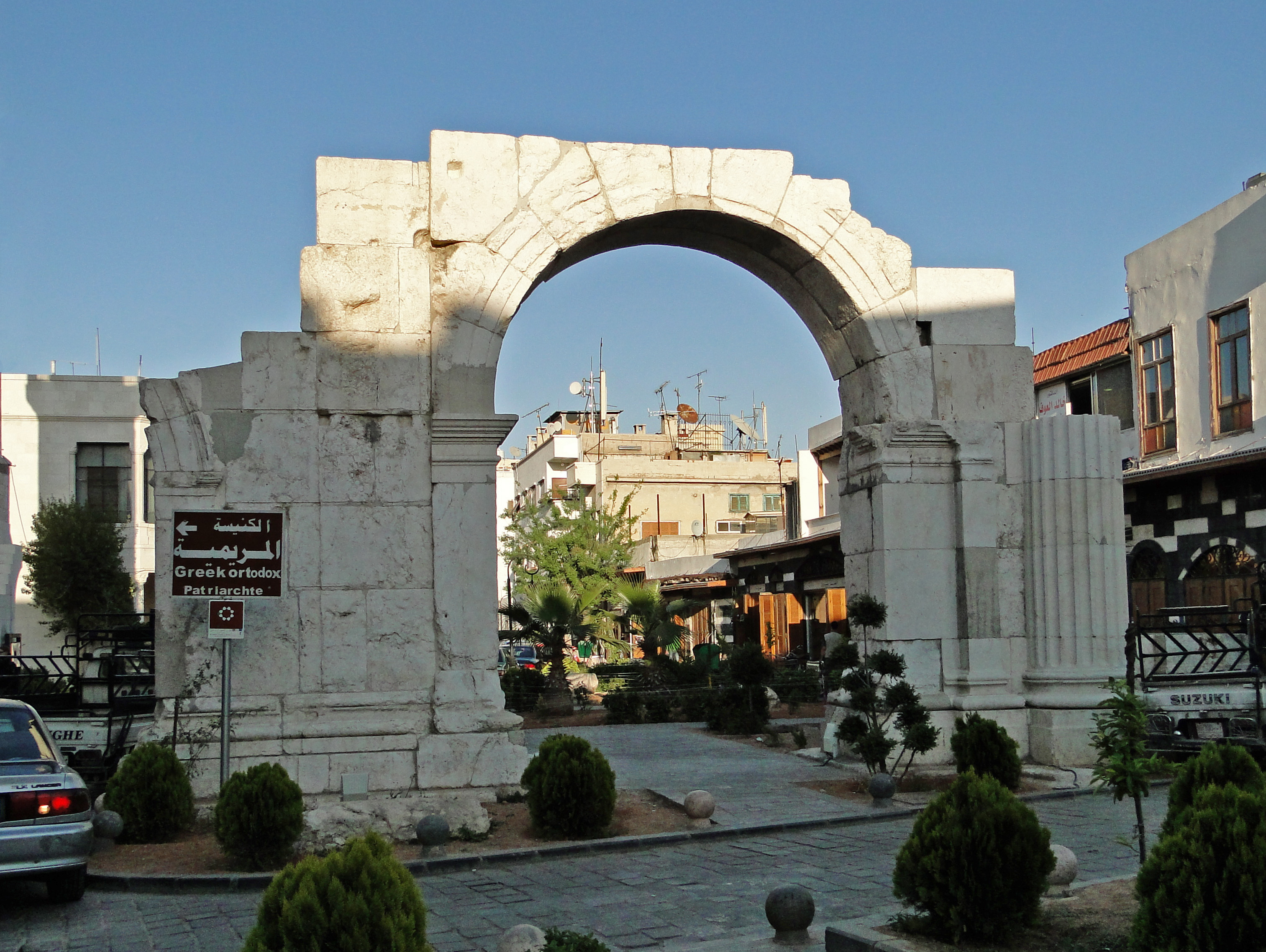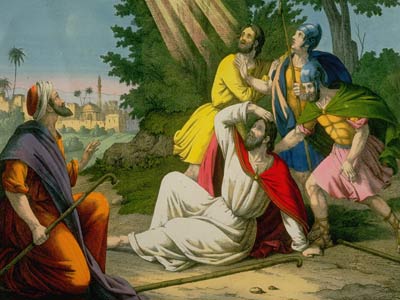

DAMASCUS.
DAMASCUS is supposed to be the oldest city in the world. It was built so long ago that all record of its building is lost.
The great Jewish historian, Josephus, says that it was founded by Uz, the son of Aram and great grandson of Shem. In the fourteenth chapter of Genesis it is referred to as a well-known city, and in the fifteenth chapter it is stated that Eliezer, Abraham's faithful steward, was a native of Damascus.
This wonderful old city has seen many changes.
It has passed through many hands. It has been ruled by many masters. Syrian; Persians, Greeks, Romans, Arabs, and Turks, have in turn governed or oppressed it; but it has lived and flourished under them all. Of the horrors of war it has had its full share. Not less than twelve times it has been pillaged and burned; yet it has always arisen from its ashes with new strength. Damascus is still a center of trade and one of the leading cities of the Mohammedans. It is an important stopping-place of the pilgrims to and from Mecca, the birthplace of their great prophet. The city is supposed to contain about 150,000 inhabitants.
Damascus has long been noted for its Moslem bigotry; and its bitter hatred of Christians. Fanatical out-breaks have frequently occurred, and in 1860 took place one of the most frightful massacres on record. No less than six thousand Christians were put to death, and their quarter of the city burned. Formerly a Christian could scarcely walk the streets without being insulted, but during the last ten years the Turks have learned to treat Christians with more respect, though this is probably more due to their growing dread of some of the Christian nations than from any change in their real feelings.
Damascus is situated in the midst of a large, 'fertile plain, which lies just east of the range of Anti-Lebanon, and on the edge of the Great Desert. This plain is crossed by the rivers of Abana and Pharpar,—broad, gently flowing streams spreading greenness, fertility, and plenty through all their course. In looking at them with human sight, we cannot wonder that Naaman, the proud leper of Damascus, when bidden by the prophet to wash in the -Jordan, should have compared its turbid, dashing waters with the dear, sparkling streams of his own fair land, and so replied, "Are not Abana and Pharpar, rivers of Damascus, better than all the waters of Israel May I not wash in them and be clean?"
It was to this city of Damascus that Saul of Tarsus, afterward Paul the apostle, came "breathing threatenings and slaughter against the disciples of the Lord." But that Jesus whom he persecuted met him in the way, and the stern, proud man went into the city a humble, blind disciple, breathing the prayer, "Lord, what wouldest thou have me to do?"
A long, wide thoroughfare, leading direct from one of the principal gates through the center of the city, is still pointed out as the " street called Straight,"where Ananias was sent to seek Saul as he prayed before the Lord. It is a view of this street that we have in the picture on this page.
This is said to have once been the finest street in Damascus. A place some distance outside the city is pointed out to the traveler as the spot where "there shined about him a light from heaven, and he fell to the earth."Mr. Porter thus speaks of his visit to the supposed scene of that sublime event.
"From a somber grove I emerged on the open plain, and soon found the line of the ancient road, —the road along which Paul must have come. It crosses a low ridge which separates the valleys of the Abana and Pharpar; and on the top of the ridge is the supposed scene of Paul's conversion. . . . I could not resist the belief that I there stood upon the very scene of the miracle. But be this as it may, the features of the landscape were the same as Paul saw;—on the left rose Hermon in all its majesty, a spotless pyramid of snow; the long range of Anti-Lebanon, gray and bleak, stretching westward to the horizon; the broad plain in front, with its many-tinted foliage; all around little villages embowered in blooming orchards; and away in the distance the bright buildings of the city. The same figures, too, gave life to the landscape; long strings of camels bearing the wheat of Bashan; cavaliers from the desert armed with sword and spear; peasants in the fields driving their yokes of oxen with sharp goads—goads, which illustrated, if they did not suggest, the words of the Lord, "It is hard for thee to kick against the pricks" (goads).
The same-cloudless sky was there; and the same sun pouring down a flood of light on city, plain, and mountain.
'At midday suddenly a great light,' shone from heaven; and the greatness of that light those only can know who have seen and felt a Syrian sun shining in its strength, and who remember that the light which shone on Paul was 'above the brightness of the sun." Acts 26:13.
E. B. G.
